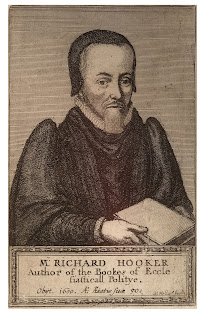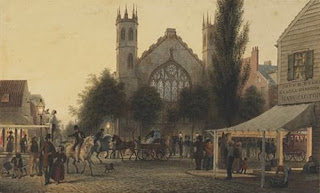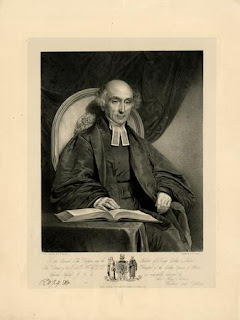"The quiet and unobtrusive walk": a final word from Bishop Mant's 1842 Visitation Charge

This final extract from Mant's 1842 Visitation Charge offers a quite beautiful depiction of Old High piety. It follows from Mant challenging evangelical clergy who were organising for the purposes of agitation and campaigning. Against such disorder, disturbing the Church's peace, he points to Hooker, quoting from Walton's Life : And surely a parochial clergyman were better employed at home, serving God and waiting upon his people, in the quiet and unobtrusive walk of his legitimate and prescribed ministrations, and, like the venerable Richard Hooker, "as he expressed the desire of his heart, being free from noise, and eating his bread in privacy and quietness," than in seeking abroad the means of feeding the morbid appetite of an inordinate, indiscreet, and indiscriminating zeal. Then, for the very closing words of the Charge, Mant turned to the Lawes , invoking the peaceable, ordered vision which those volumes wonderfully and reverently expound: in the magnif...













